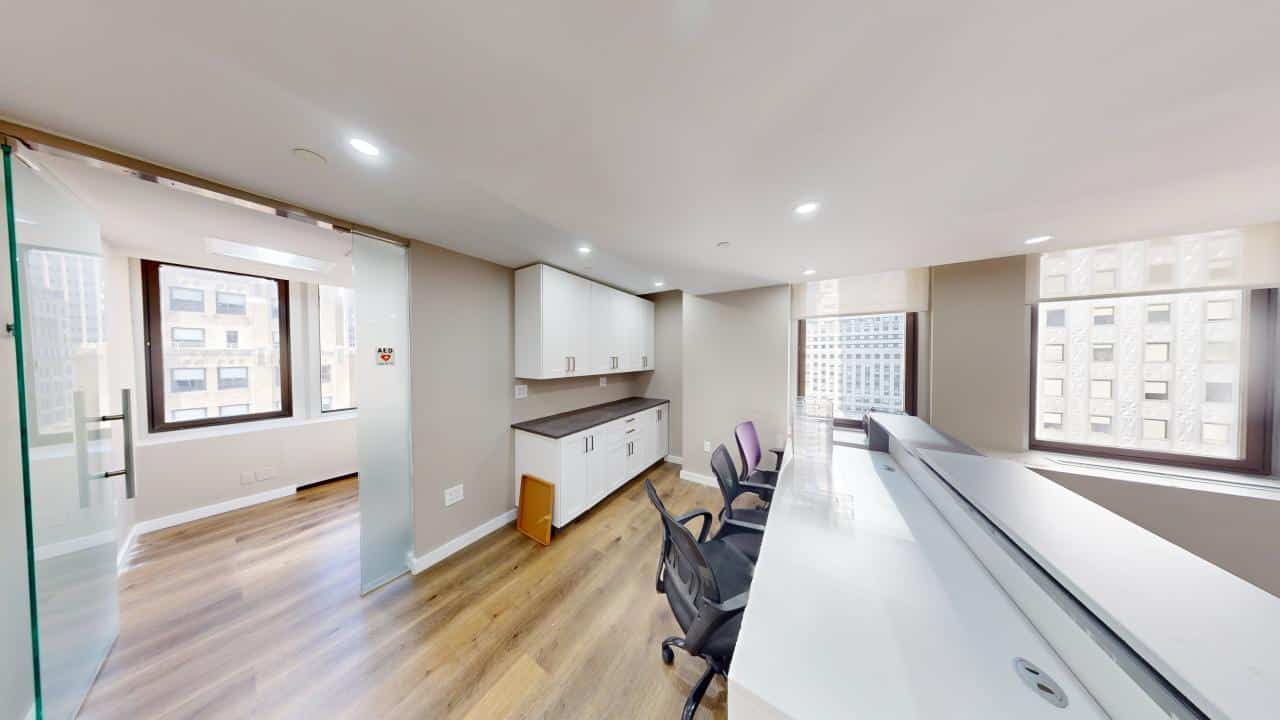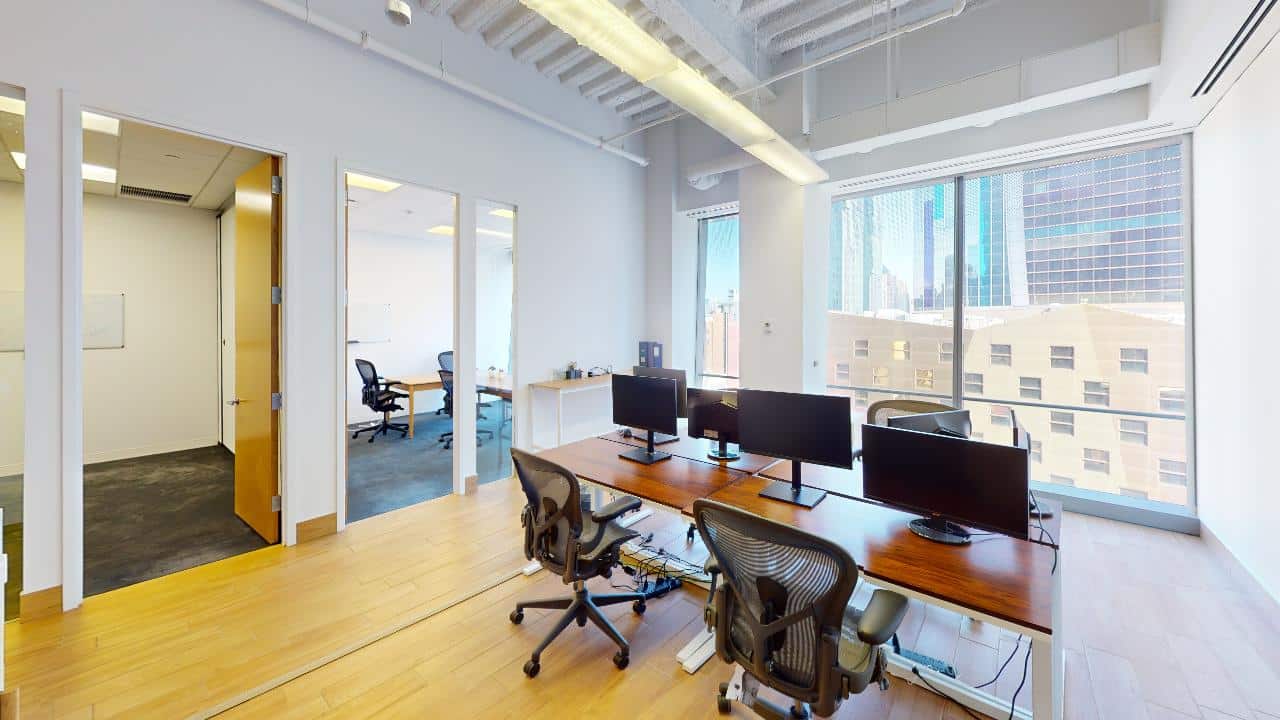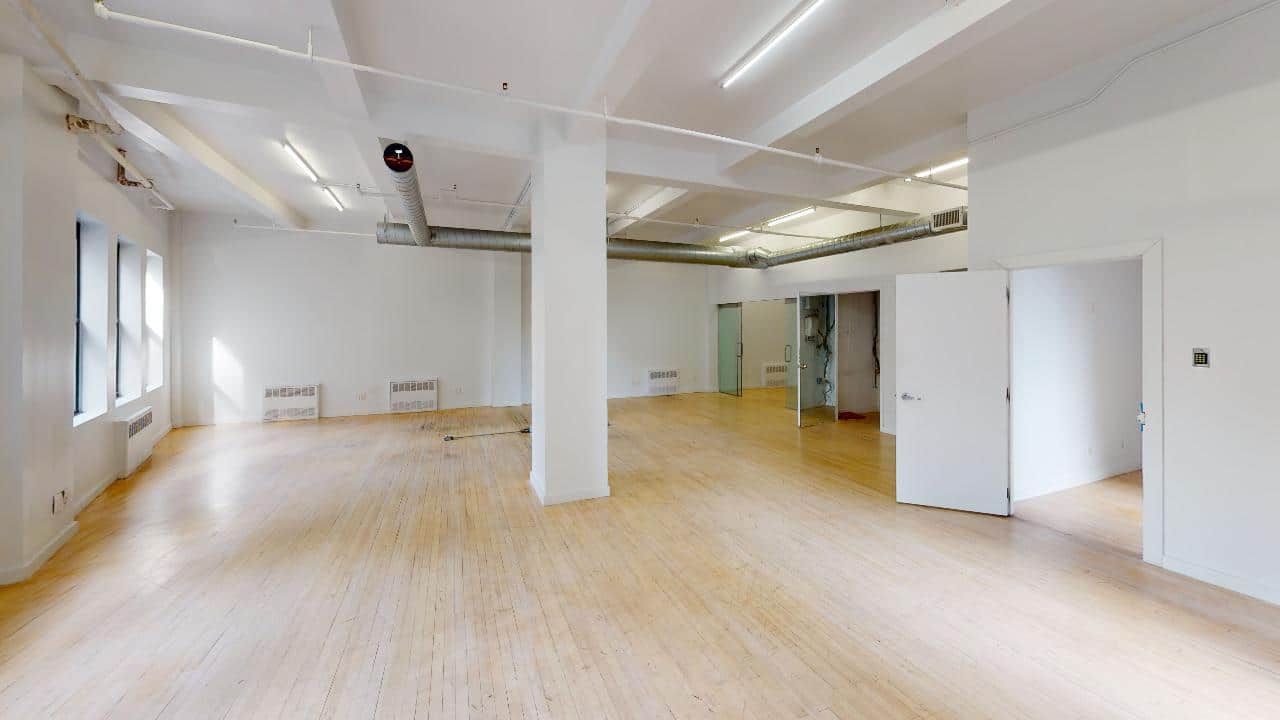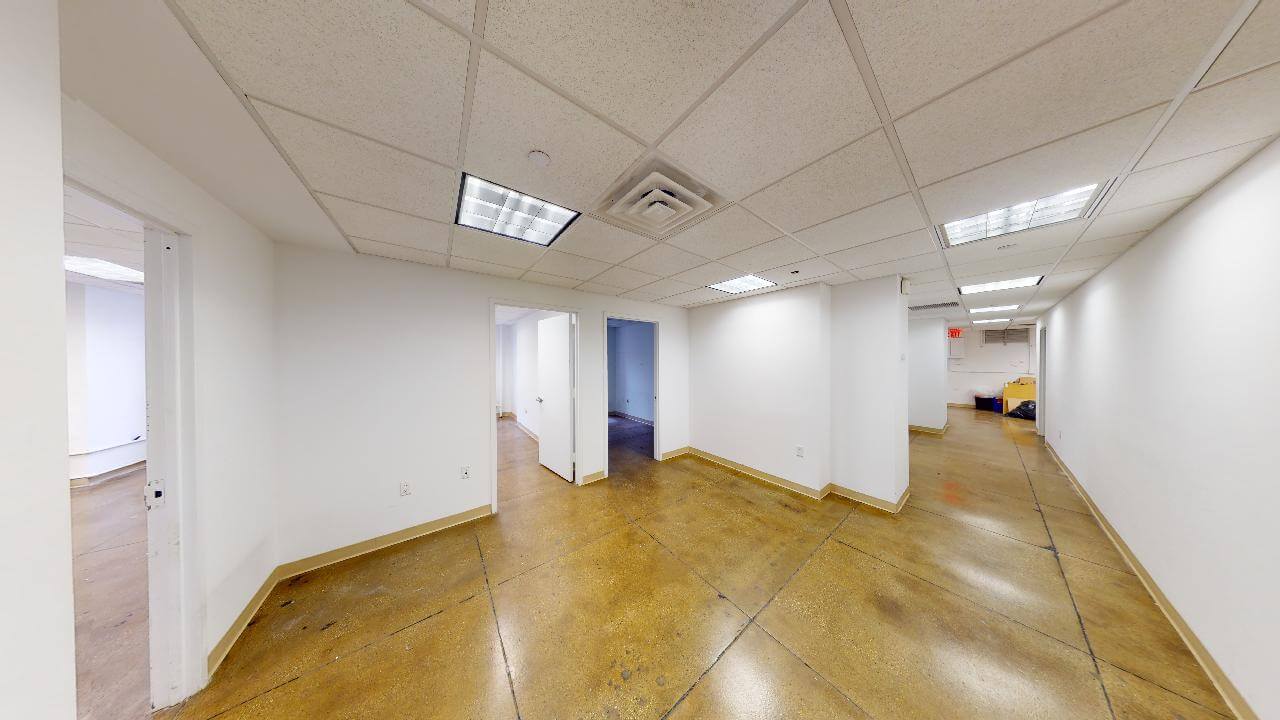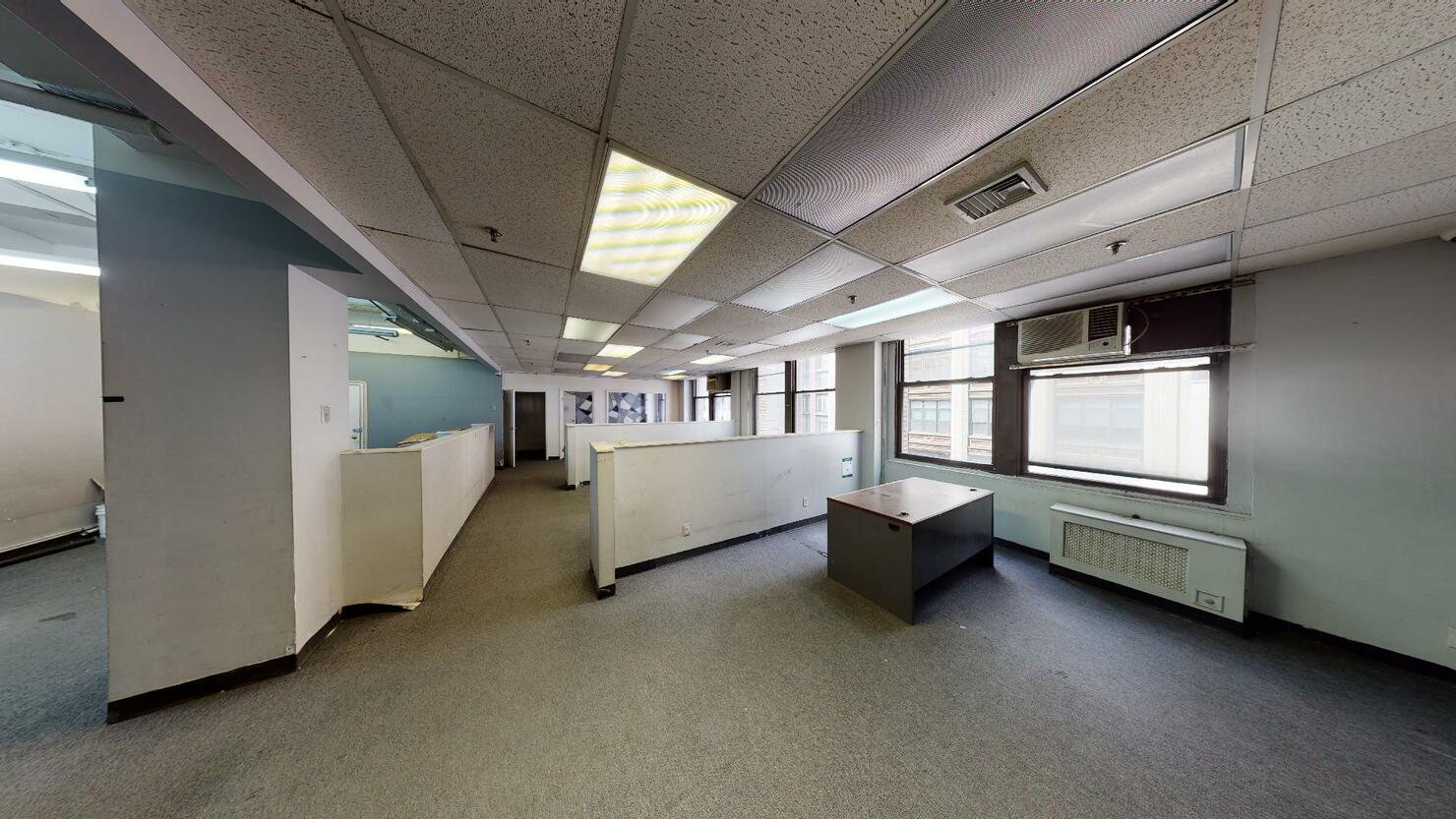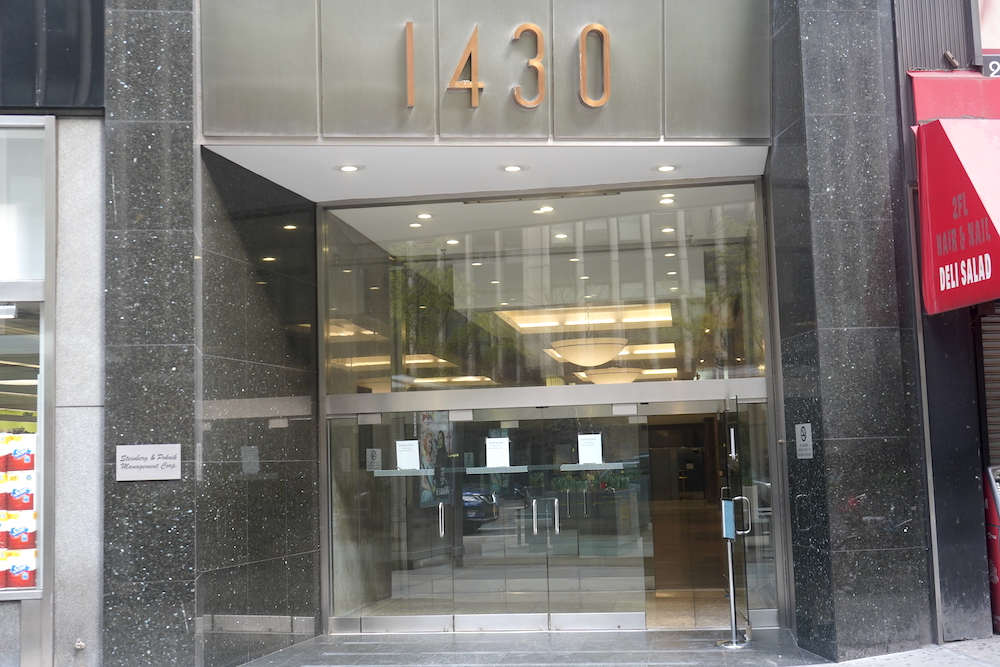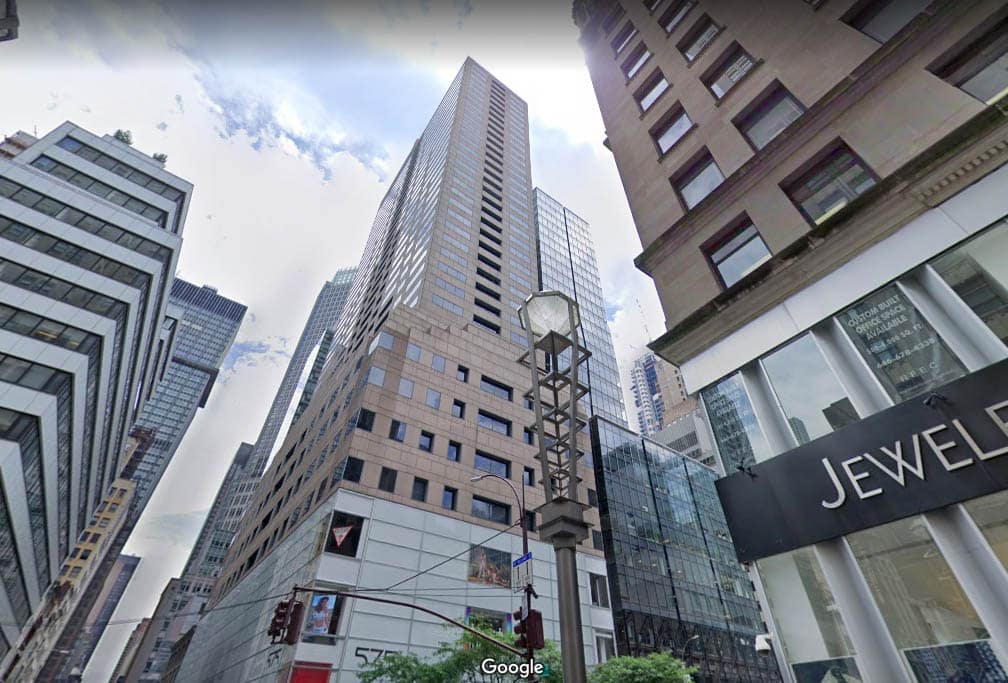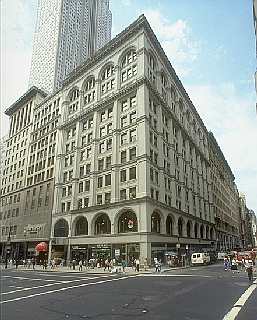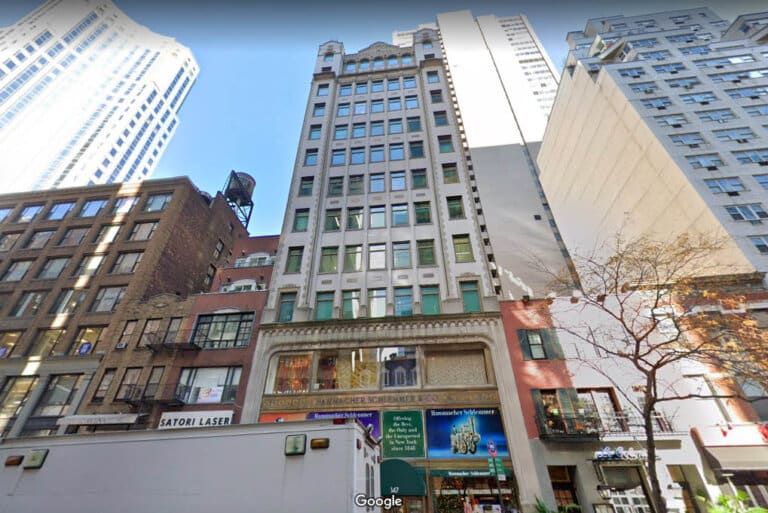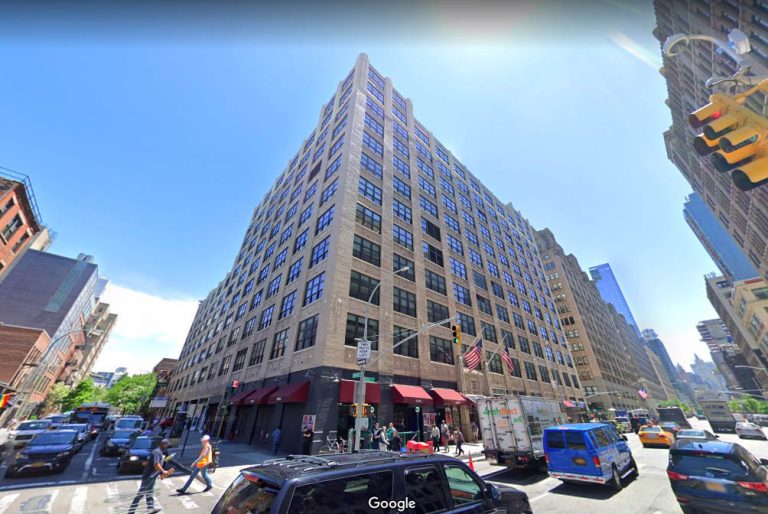Never say never to the risk of your landlord going bankrupt. Lost in the talk about Fed policy, rising rates, inflation, recession probabilities, and geopolitics is something much more consequential for New York City commercial tenants. The risk of landlord defaults in 2023.
The United States is better positioned economically than other countries. However, Bloomberg describes global real estate debt as a “time bomb,” with roughly $175B in distressed commercial loans poised to rise even more in 2023.
Plus, 2023 could be when lenders’ patience to help borrowers with pandemic-era forbearances or extensions finally ends.
So how does this impact New York City?
Not only are $16B loans backed by New York City commercial real estate set to mature this year. Not only does this figure represent a 30% year-over-year increase. Trepp reports that three out of the five largest office loans in the country, set to mature in the next 20 months, are based in New York City.
- RFR Holding’s Seagram Building at 375 Park Ave. is only 75% occupied and has a $783M loan maturing in May.
- Tishman Speyer’s Colgate-Palmolive Building at 300 Park Ave. is barely 80% occupied and has a $485M loan maturing in August.
- The Stahl Organization’s $750M loan for 277 Park Ave. matures in August 2024. However, it must confront the loss of its anchor tenant JPMorgan Chase as it prepares to move into its own building across the street.
But is it as bad as it seems? Could landlords indeed default en masse, or is it more fear-mongering? Which landlords have stronger positioning than others? Moreover, if your landlord defaults in 2023, what would it mean for your commercial tenancy in New York City?
The Headwinds for Commercial Landlords
Before going through the what-ifs for commercial tenants, let’s examine why landlords face unprecedented headwinds in 2023 to meet their debt obligations.
Rising Rates
Even though the Federal Reserve hiked rates only a quarter point in January 2022, commercial landlords are nowhere near out of the woods.
Why? Not only did the Fed increase its benchmark rate to 4.5%-4.75%, the highest since before the Financial Crisis in October 2007. It signaled it was far from the end of its hiking cycle.
Good luck to commercial landlords and borrowers trying to refinance or extend their loans in this environment.
Inflation
Before this latest rate hike, major banking figures like JPMorgan Chase CEO Jamie Dimon cautioned that interest rates could blow past 4.5%-4.75%.
Speaking from Davos, he blamed it on “underlying inflation, which won’t go away so quickly.”
Despite inflation “cooling” on the surface, December 2022’s 6.5% CPI remained incredibly high and over triple the 2% target.
For landlords, operating costs, property taxes, maintenance fees, and utilities continue to rise, reducing profit margins and augmenting the risk of default.
Reduced Demand
It doesn’t take a genius to understand that reduced demand for commercial real estate leads to reduced landlord revenue, potential financial difficulties, default risks, and challenges with refinancing loans.
It’s not only rate increases that have slowed transactions, killed deals, and pushed down commercial property prices. It’s reduced demand that feels like a long-term change.
When office occupancy rates barely breached 50% in December 2022, New York City Comptroller Brad Lander said the numbers suggest “settling into a new normal.”
New York City’s office occupancy does show signs of recovery, as it ticks up to 53-55%, according to the Partnership for New York City. Employers and landlords also foresee 57% occupancy by the end of the year.
Yet other data from Kastle systems, a security company that tracks card swipes in offices, paints a more sobering picture of a New York metro office market barely cracking 47% occupancy. Kastle also says New York’s return to office rate is lower than the average of 10 major metro areas.
Because of this, many commercial landlords are pivoting to multifamily, throwing their hat in the race for the next New York City casino, or rebalancing their holdings.
Blackstone, for example, recently announced plans to concentrate more than 80% of its real estate portfolio in logistics, life sciences, rental housing, hotels, and data centers to hedge against the pullback in office.
Overleveraging
Many New York City landlords are overleveraged and have taken on too much debt relative to their property value and revenue streams. With this comes higher risks of default.
Look no further than M&T Bank as an example. It reports that about 20% of its office loans are at risk of defaulting. Worse, about 15% of these office loans cover New York City office buildings.
Consider also struggling REIT, appropriately named New York City REIT. It holds less than a third of the cash it held a year ago, faces potential defaults on roughly $200M worth of loans across four New York City commercial properties, and confronts vacancy rates well above Manhattan averages. It may be too late as it completely overhauls its strategy and operating model to move away from aging office buildings and add hotels and parking lots.
What Happens to Tenants if the Landlord Defaults in 2023?
No matter your perspective, potential landlord defaults in 2023 could considerably affect commercial tenants.
The Doom and Gloom Case
Imagine a scenario where your landlord cannot pay property taxes, insurance, or other operating expenses. In that case, it could lead to disruptions in essential services and deteriorating building conditions. Once your landlord finally defaults, the bank will take over.
In theory, a bank taking over your office space sounds scary. It could lead to a more bureaucratic, committee-based, and time-consuming decision-making process and even neglect. Consider this if you want to renegotiate your lease, for instance.
The “It’s Not So Bad” Case
It could be a plus if a bank takes over your New York City office space. A bank will at least fundamentally maintain a building, unlike an owner on the brink of default skimping on maintenance or operating fees.
Bank-owned buildings will not get improved in the same way as with a well-capitalized landlord. But it’s certainly better than dealing with a desperate landlord cutting costs at the expense of your commercial space’s quality.
Could Some Landlords Default in 2023?
The only landlords that could prevail in this environment are well-capitalized and not saddled with too much debt. Landlords like this have the luxury of not worrying about a soft market and taking a long-term approach.
Real estate cycles can take a long time. Yet, institutional owners or family-owned buildings with little debt have the luxury of waiting it out.
Say tenants want amenities. These landlords won’t care if their portfolio is not profitable in the immediate future. They’ll just improve the building and make it competitive, so they’re in good shape when the market eventually recovers in 5 or maybe 10 years.
They also have the luxury of having enough equity to wait it out and pivot strategies over the long term. It could take 5-10 years to convert Class C and Class B buildings with high vacancy rates to residential or adjust their approach to focus on casinos, hotels, and apartment buildings.
Eventually, though, supply will contract, demand will increase, and well-capitalized landlords will be more competitive when that occurs.
The Key Takeaway
Many debt-ridden office landlords are understandably nervous right now. They confront rates set to continue rising, costs that continue growing, and debts to pay off. With reduced demand for leasing office space and a complex environment to extend or refinance loans, default risks continue mounting.
Yet commercial tenants are likely just as on edge. Nobody can predict the future, but if a landlord defaults, it could affect the quality and maintenance of office space, the rent, and the lease. While a takeover by a well-capitalized bank is better than the alternative of a landlord on the brink of bankruptcy, it’s not necessarily ideal.
What you can do as a commercial tenant is to start planning. We’re just kicking off what looks like an uncertain year. Speaking to an experienced commercial real estate tenant representative can help you prepare for any scenario possible. Including if your landlord defaults in 2023.

